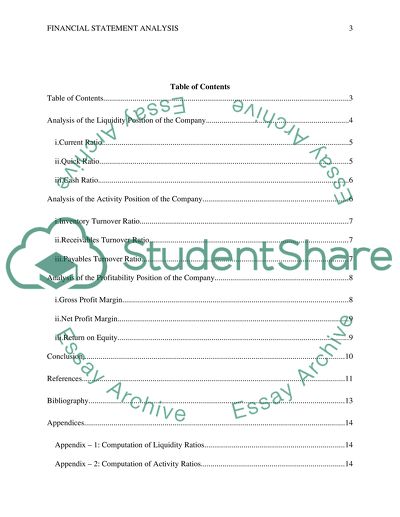Cite this document
(“Financial statement analysis Essay Example | Topics and Well Written Essays - 1750 words”, n.d.)
Financial statement analysis Essay Example | Topics and Well Written Essays - 1750 words. Retrieved from https://studentshare.org/finance-accounting/1401165-financial-statement-analysis
Financial statement analysis Essay Example | Topics and Well Written Essays - 1750 words. Retrieved from https://studentshare.org/finance-accounting/1401165-financial-statement-analysis
(Financial Statement Analysis Essay Example | Topics and Well Written Essays - 1750 Words)
Financial Statement Analysis Essay Example | Topics and Well Written Essays - 1750 Words. https://studentshare.org/finance-accounting/1401165-financial-statement-analysis.
Financial Statement Analysis Essay Example | Topics and Well Written Essays - 1750 Words. https://studentshare.org/finance-accounting/1401165-financial-statement-analysis.
“Financial Statement Analysis Essay Example | Topics and Well Written Essays - 1750 Words”, n.d. https://studentshare.org/finance-accounting/1401165-financial-statement-analysis.


